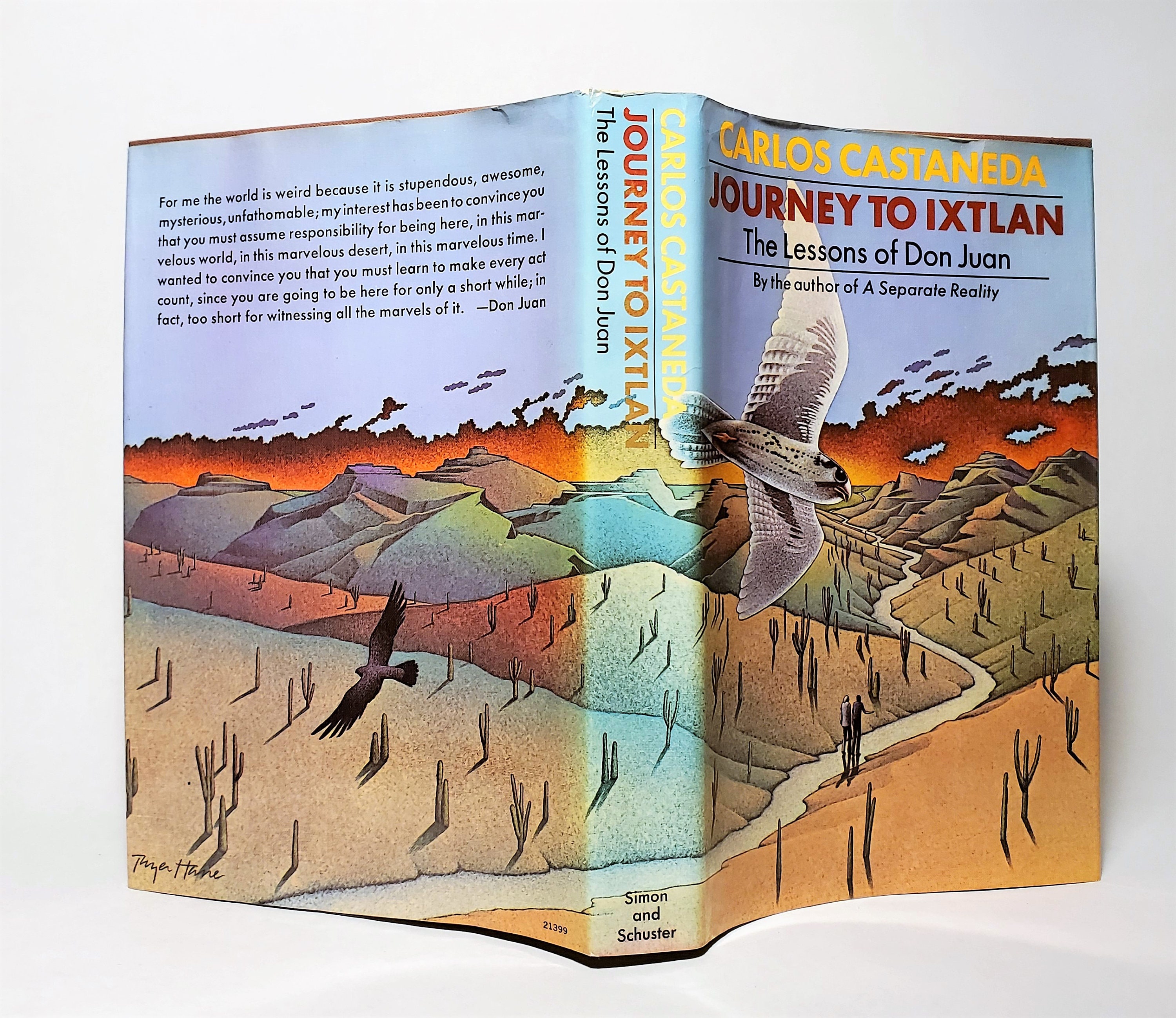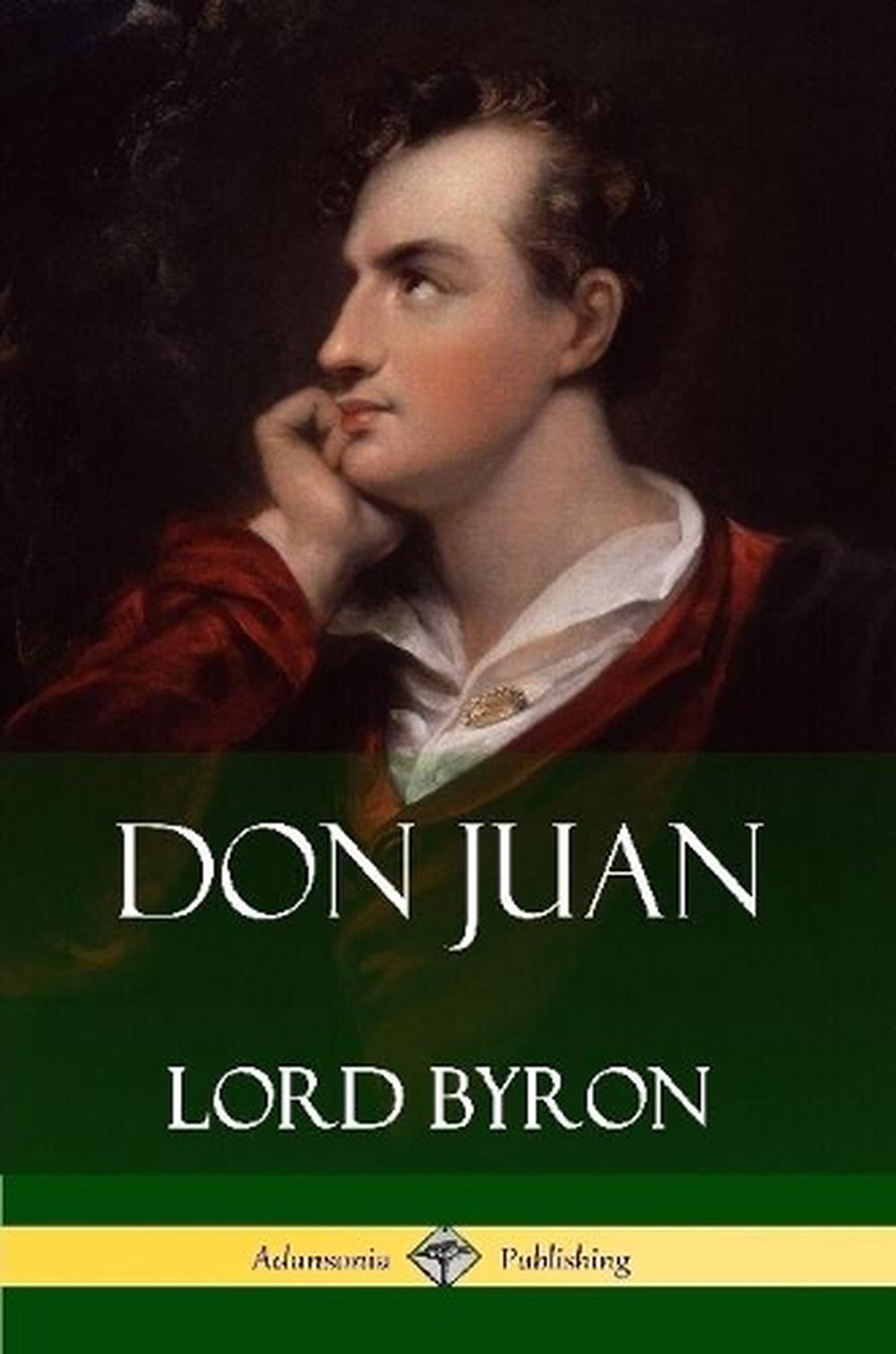

After a rehearsal for the premiere, one of the horn players famously cried out, “Dear God! What sin have we committed, for You to send us this rod for our backs!” From the beginning, the entire piece is incredibly difficult, requiring an orchestra of virtuosos. Just as Don Juan thumbs his nose at his father, so too does Strauss with wild, ultra-modern music unmistakably influenced by Wagner. The frenzied opening indubitably represents Don Juan’s lust: Defiantly, Don Juan declares, “That magic circle, immeasurably wide, of beautiful femininity with their multiple attractions, I want to traverse in a storm of pleasure, and die of a kiss upon the lips of the last woman.” The beginning, at least, is clear enough: Lenau’s play commences with a scene in which Don Juan’s brother, Diego, confronts the rake with a message from their father, who implores Don Juan to abandon his reckless life and come home. Narrative interpretation is largely left to the listener, although some traditional interpretations have arisen. Though Strauss titled his tone poem Don Juan and prefaced the score with quotations from the play, he himself never provided a detailed plot for the piece. Sometime between 18 he had a passionate, but ultimately impossible affair with a married woman, and in 1887 he began giving music lessons to the fiery soprano Pauline de Ahna, who would later become his wife. There is also evidence suggesting that Strauss had more personal sources of inspiration, including stern letters from his father warning him against scandalous behavior. Specifically, Strauss was inspired by a fragmentary verse drama by the mid-19 th century German poet Nikolaus Lenau, who left his Don Juan incomplete upon his descent into madness and untimely death. In 1889, he would complete his first mature masterpiece: Don Juan. Influenced by Wagnerian ideas, Richard abandoned the abstract, classicizing symphonies and sonatas of his youth and began composing graphic, modern orchestral works inspired by literature. That year, young Richard was converted to the music of Wagner, the composer his father detested above all others. The son of the great horn player Franz Strauss (who believed that music had gone downhill since the death of Mendelssohn), Richard began by composing in a conservative style modeled on the classics of Mozart, Beethoven, and Schubert in 1885, however, he rebelled.

Richard Strauss was a musically precocious child who produced two symphonies as well as concertos for horn and violin by the age of 20. In this post, discover Strauss’s Don Juan, a swashbuckling romp that scandalized Strauss’s contemporaries with its shocking eroticism and ultra-modern musical style. On November 29, 30, and December 1, the Houston Symphony celebrates Thanksgiving with A Musical Feast: All-Strauss Thanksgiving, a program featuring four of Richard Strauss’s greatest masterpieces.


 0 kommentar(er)
0 kommentar(er)
